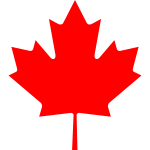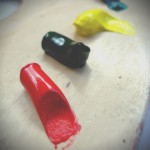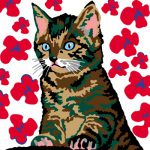Kinds Of Trees
Learn about kinds of trees. Trees in a forest or arboretum look the same from afar. They all have green leaves in the summer and yellowish red ones in the fall. Looking closer, we see several differences in morphology. There are kinds of trees that are smaller, almost shrub-like. There are those that are tall and thin, with a lush collection of leaves on top and just a few clusters near the base. Some kinds of trees have wide trunks and an equally broad crown of branches, twigs and leaves.
Here are the kinds of trees you will most likely see in a forest.
Coniferous Kinds of Trees
Pines are the most common coniferous kinds of trees in a forest setting. These trees live for hundreds of years, and are evergreen. Evergreen trees tend to grow taller, with very little tendency to grow in girth. From afar, they’re almost always shaped like a triangle, with few exceptions. The shape has something to do with symmetry, which is useful because these trees are often subjected to the most extreme conditions like snowfall and storms. The branches are sturdy with a thick covering of bark.
What really differentiates these conifers is the form of their leaves. Instead of the broad, venated leaves that other trees have, these coniferous kinds of trees have needle-like leaves. Some have scale-like leaves that are coated with thick epidermis. Needles and scales of conifers are able to withstand extreme heat and cold, and they rarely lose their natural color.
Conifers also differ from other kinds of trees because they reproduce in a unique manner. Like all trees, they have seeds, but their seeds are inside hard cones. Redwoods are the most enduring kinds of conifers, and these can last for thousands of years. However, the oldest conifer is a bristlecone pines.
The coniferous kinds of trees include spruces and firs. A spruce is differentiated from other conifers because of its sharp needles that develop in a bunch. These bunches are close together near the base of the tree.
Deciduous Kinds of Trees
Broad leaves are the main defining characteristics of deciduous trees. These kinds of trees usually spread their branches, giving them a rounded shape when viewed from afar. Famous deciduous trees include oak and maple. The leaves of these trees are flat and broad, and may fall off when the weather changes from humid to extremely cold.
Deciduous trees are often the most picturesque, especially when the leaves turn red in the autumn season. The development of these trees is suspended or slowed down during winter because of the lack of leaves.
Most deciduous trees produce fruits, which in turn contain the seeds needed for reproduction. If not harvested by humans, fruits of these trees fall to the ground and rot, leaving the hard seed exposed to the elements. Most of the seeds don’t develop, but a few of these seeds reach fertile ground and receive enough water for seedling development. Browsing animals like cattle and goats also play a role in the dissemination of seeds away from the parent tree, for sowing in fertile ground exposed to the sun.






